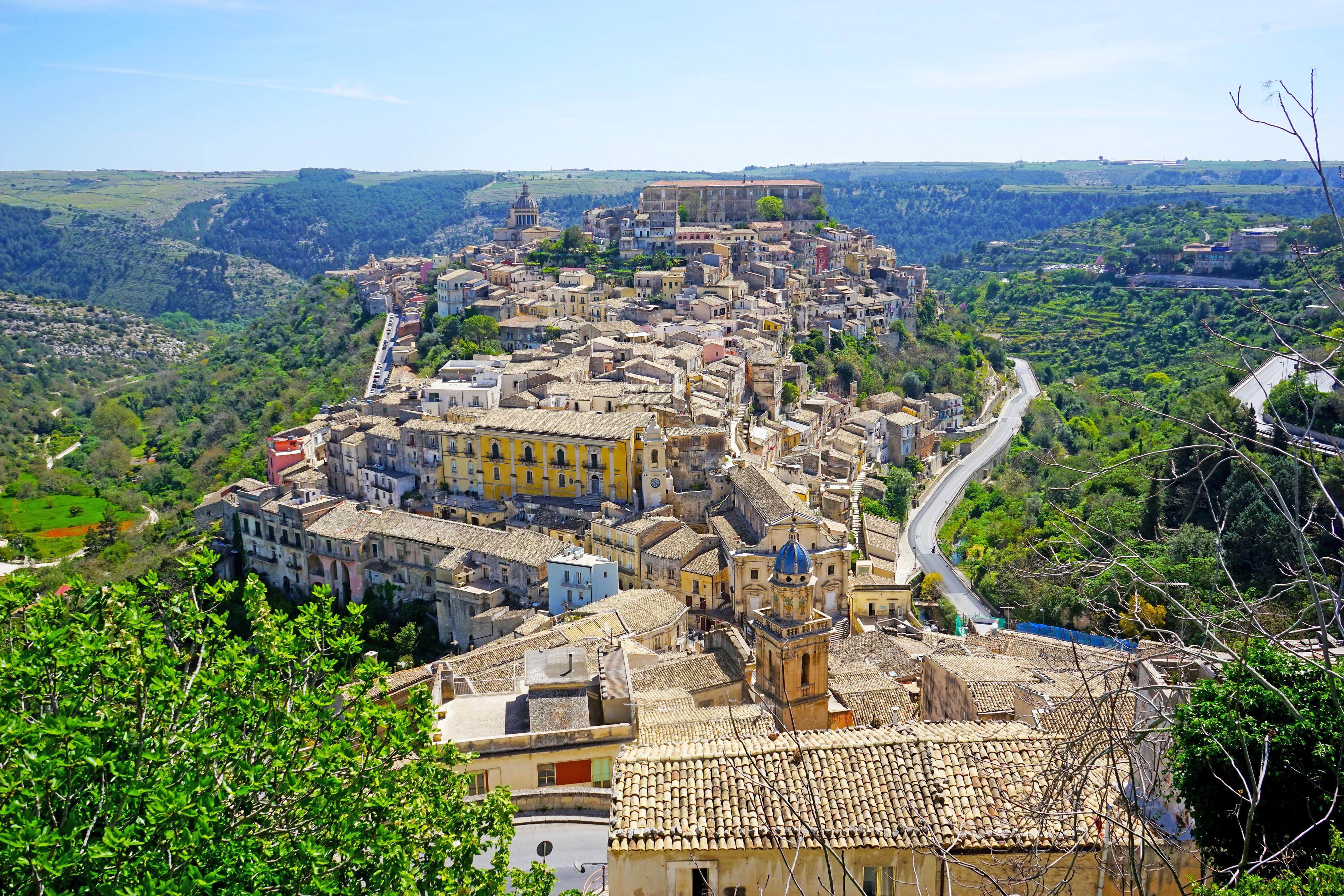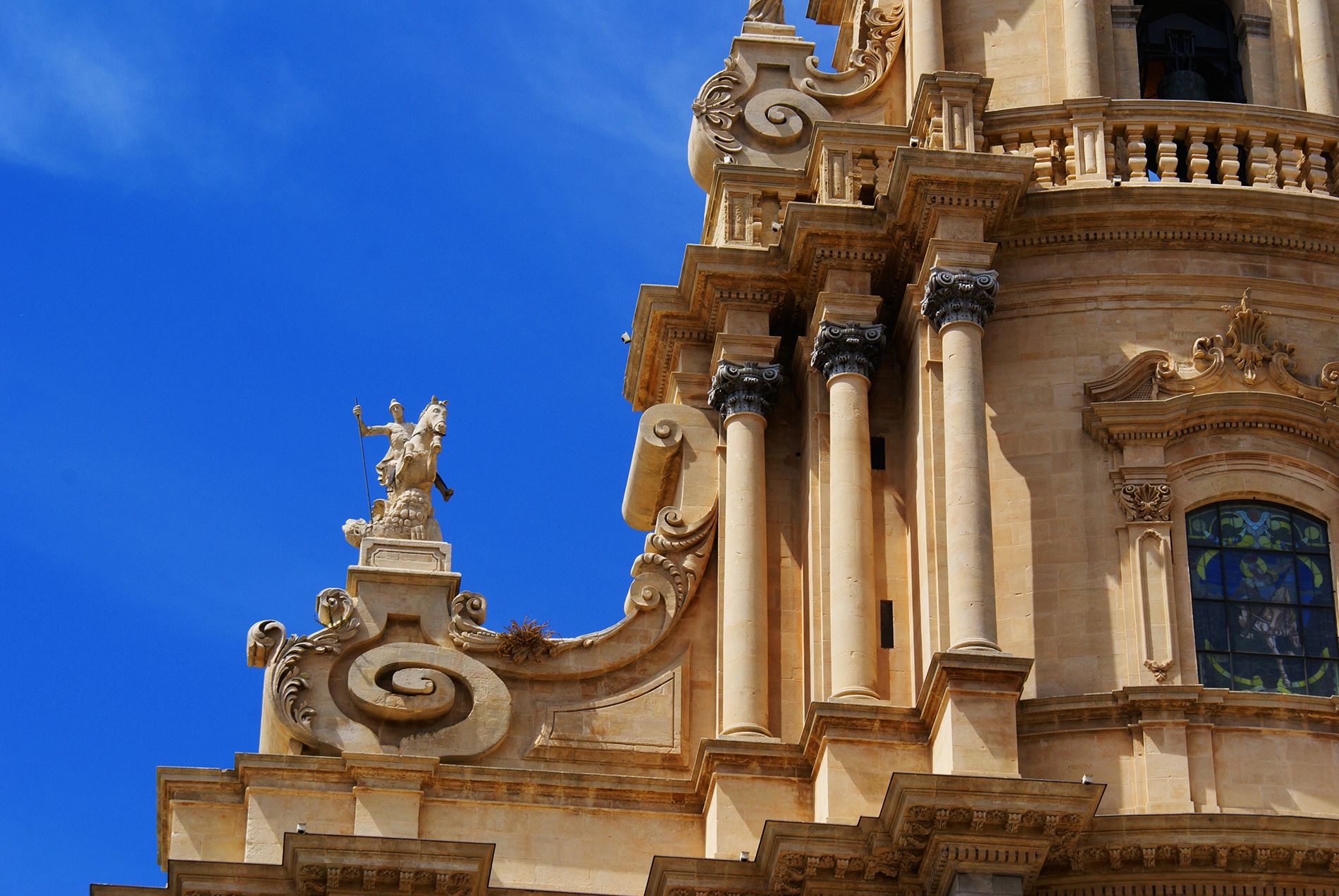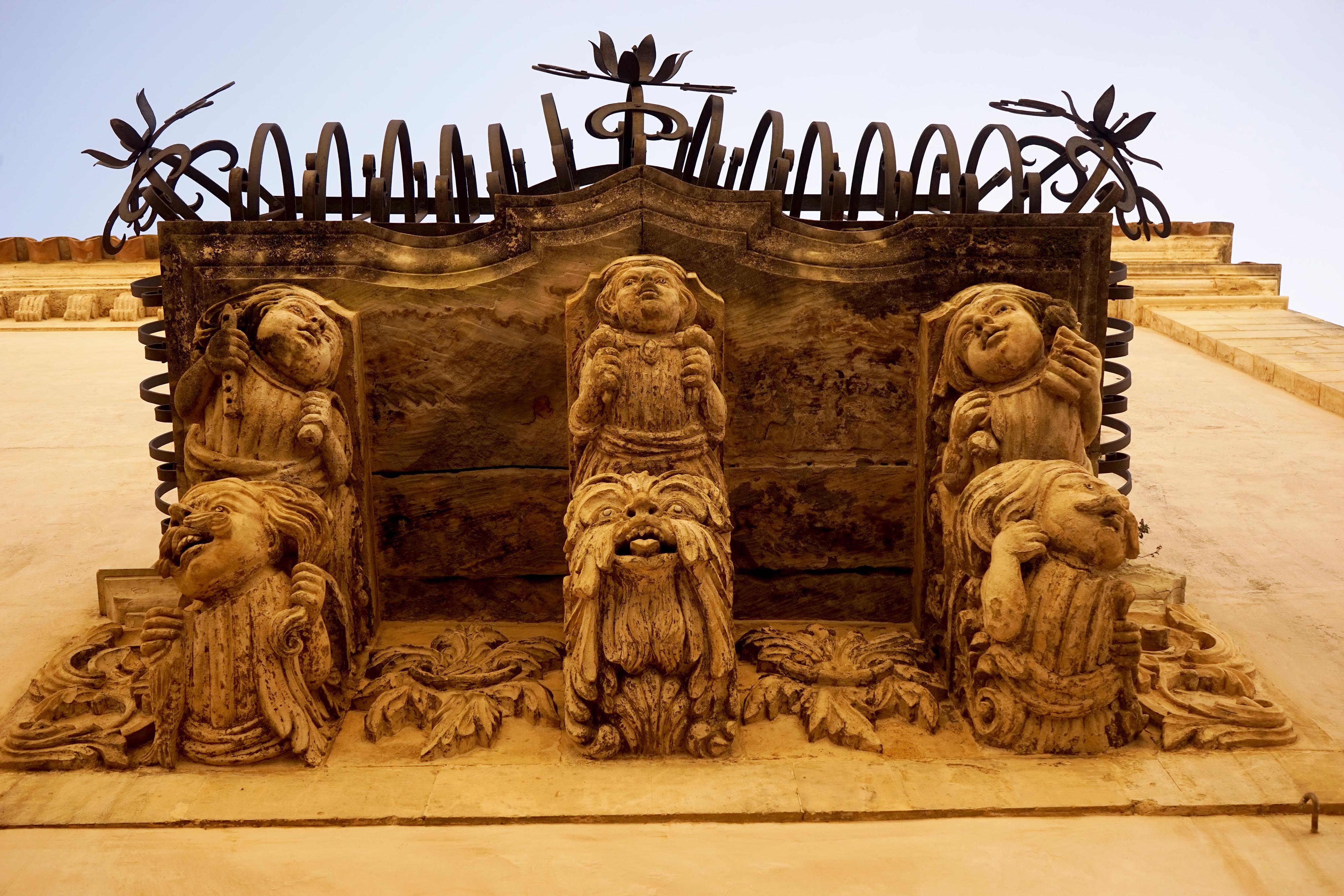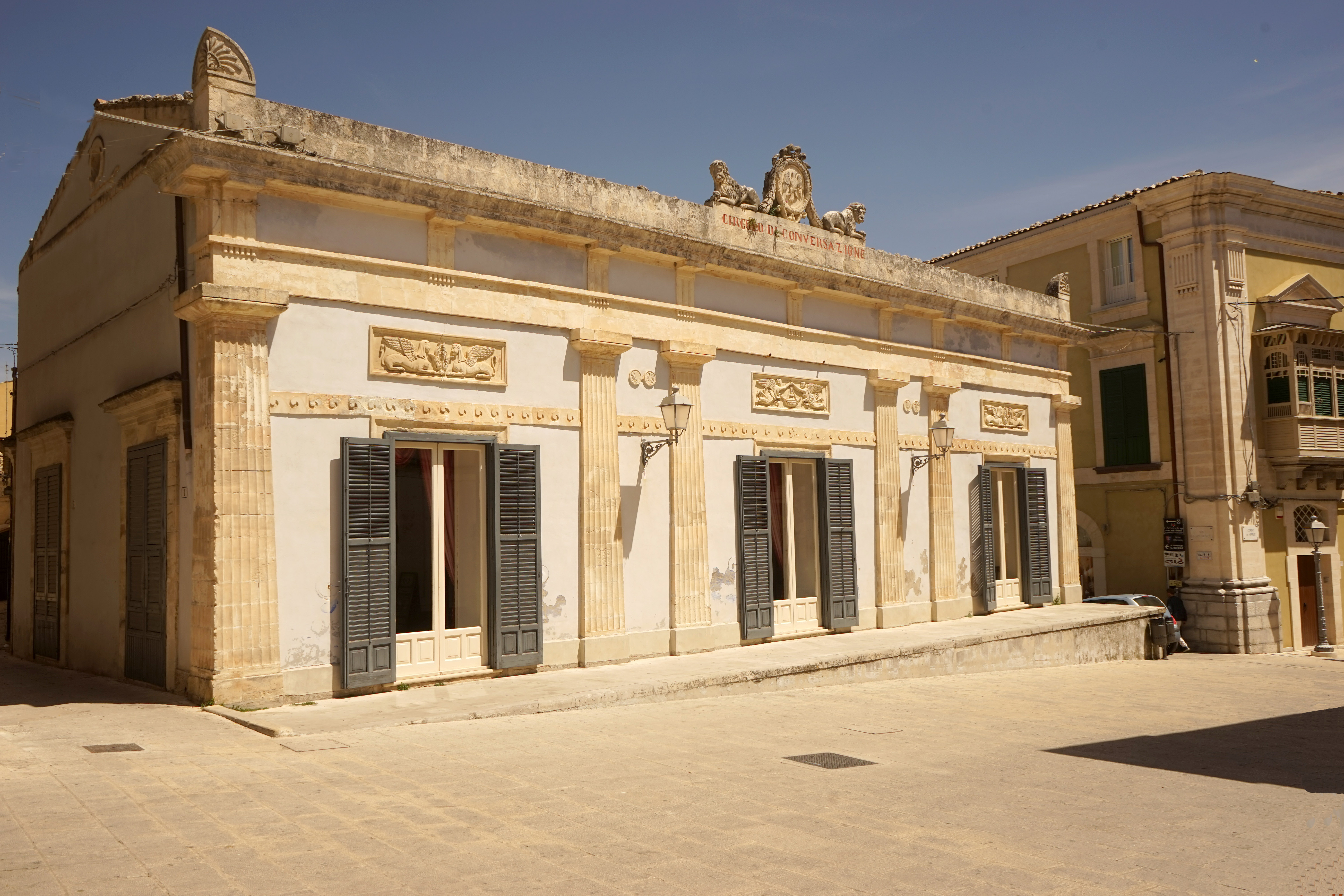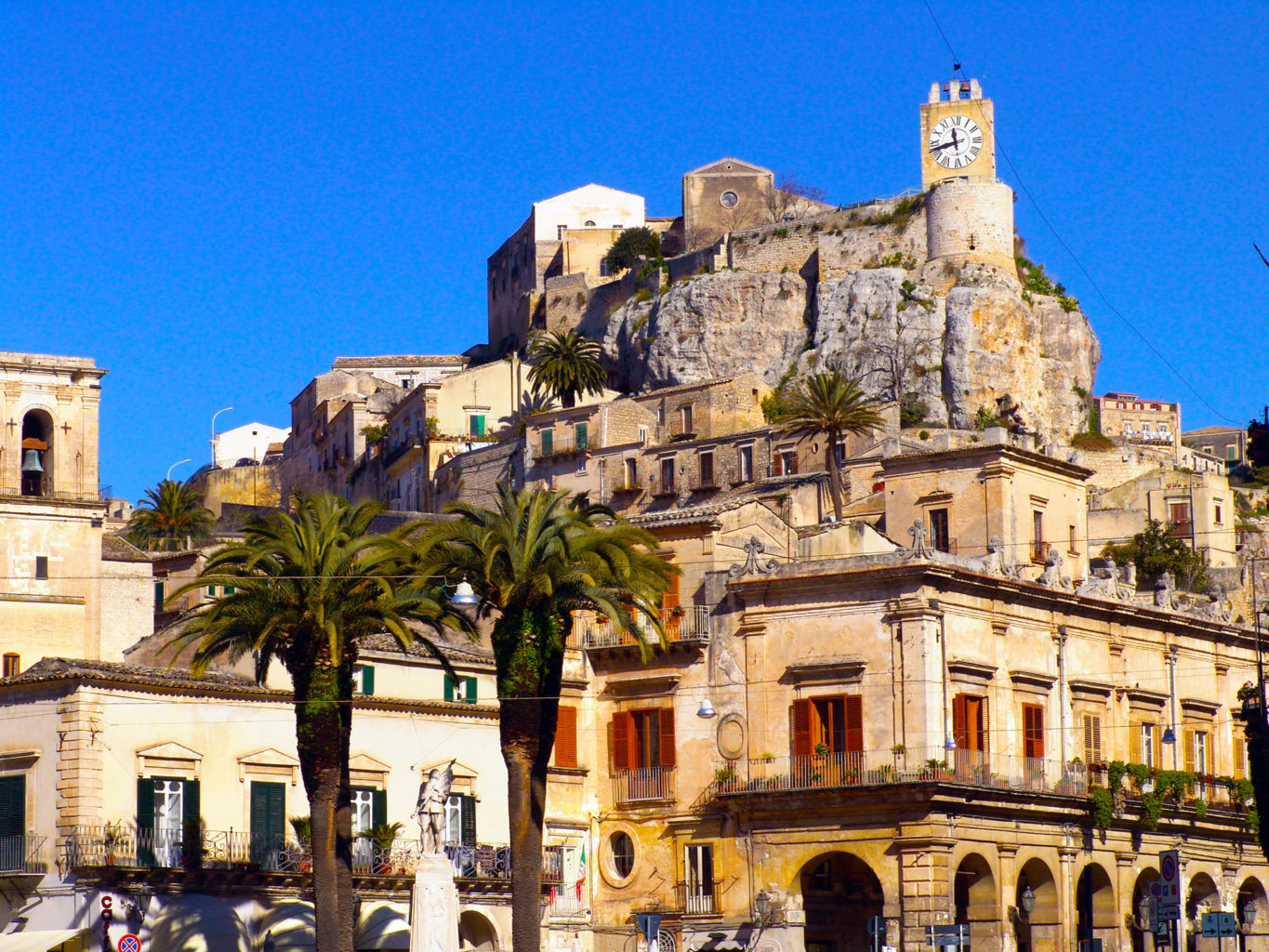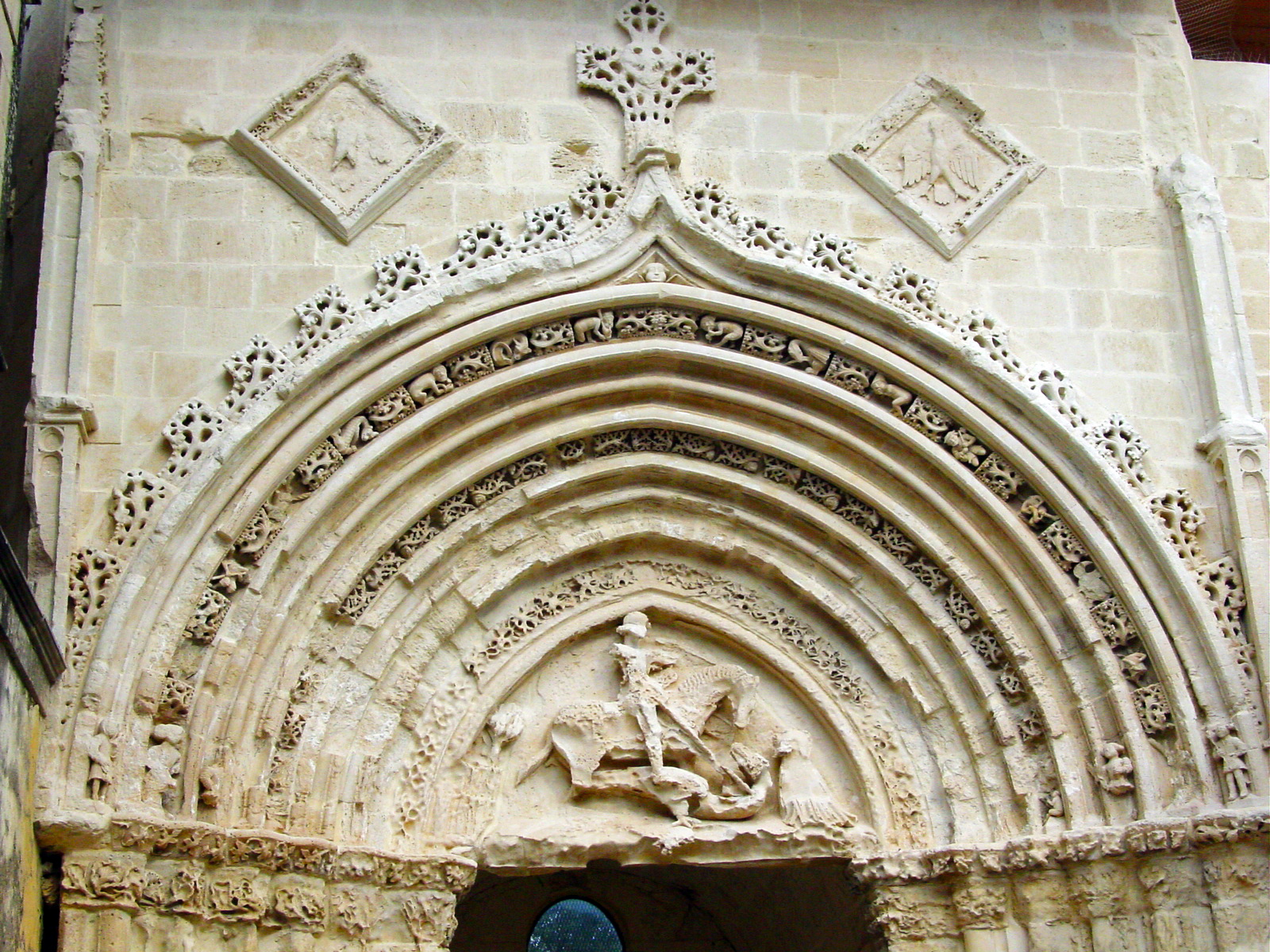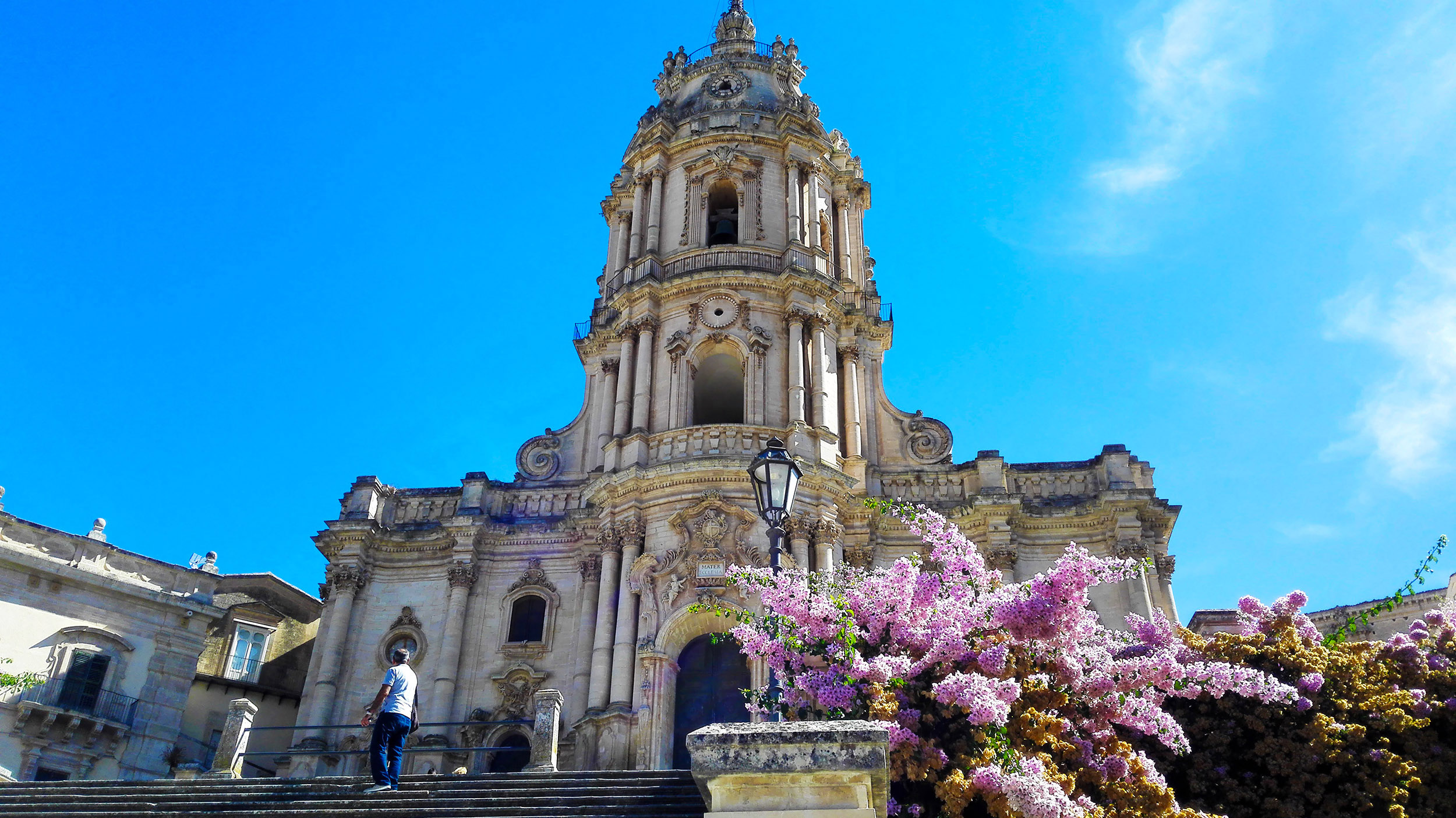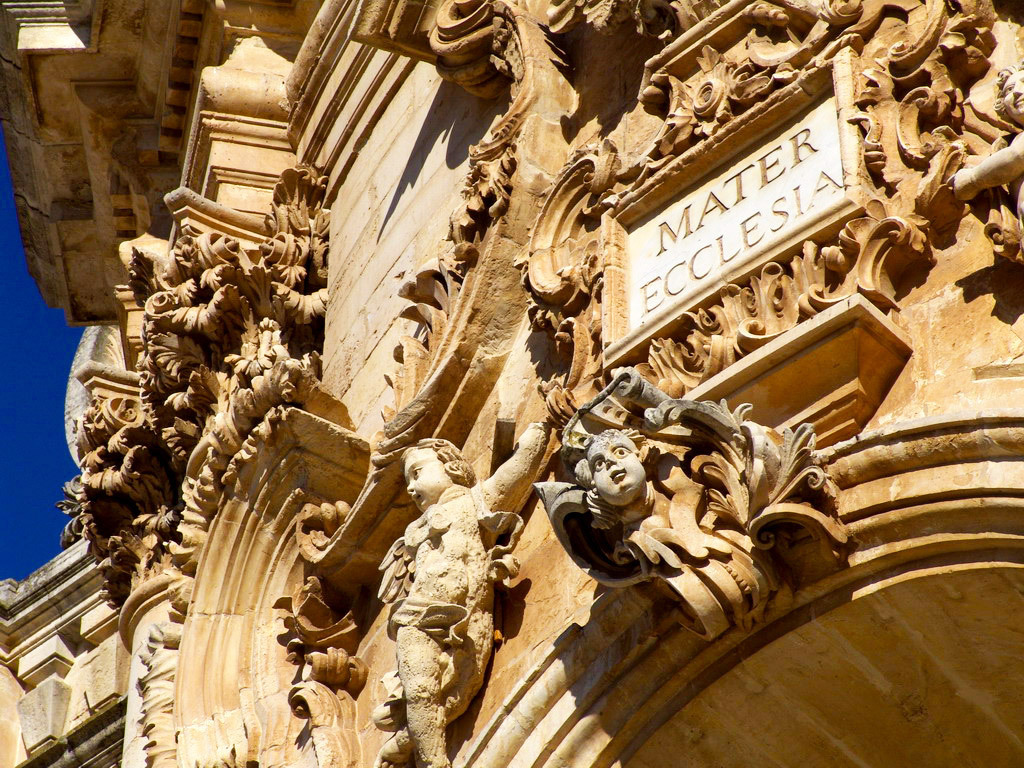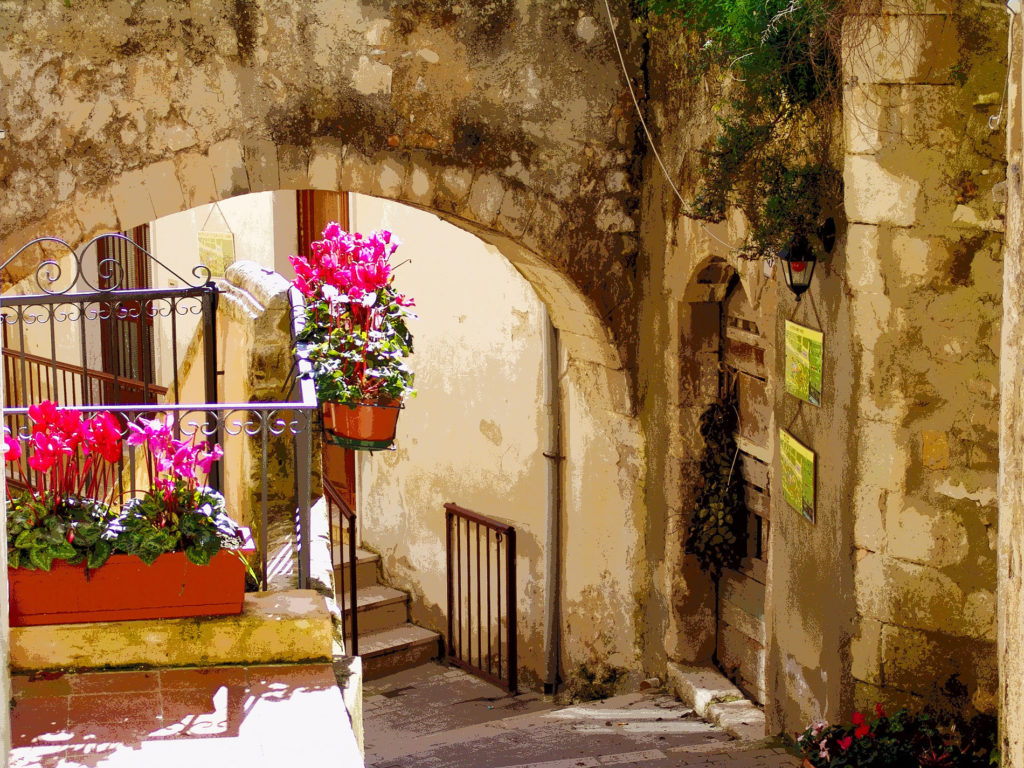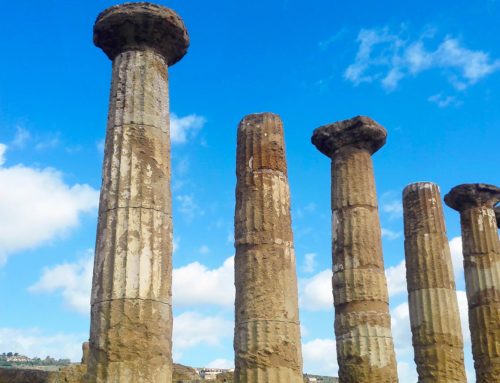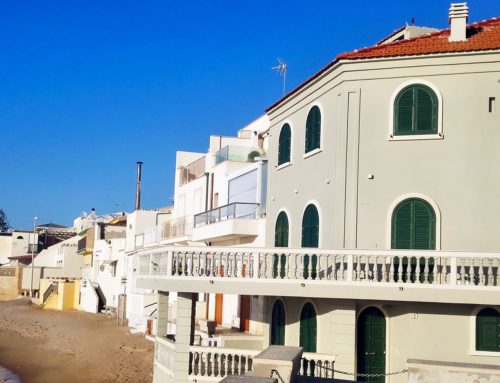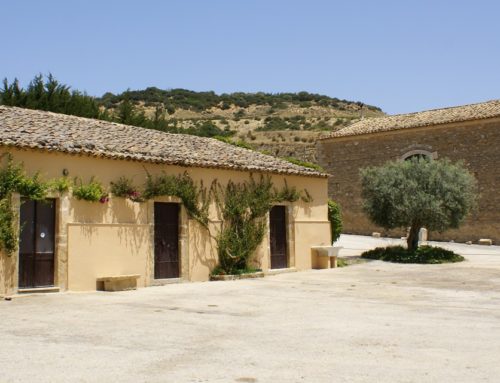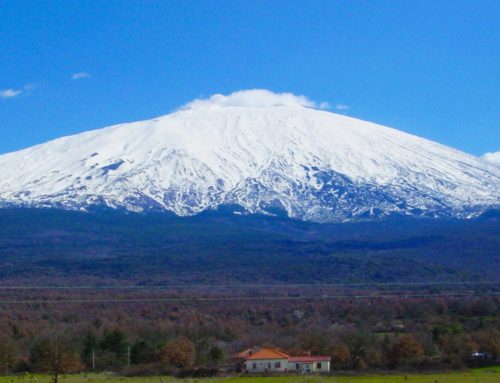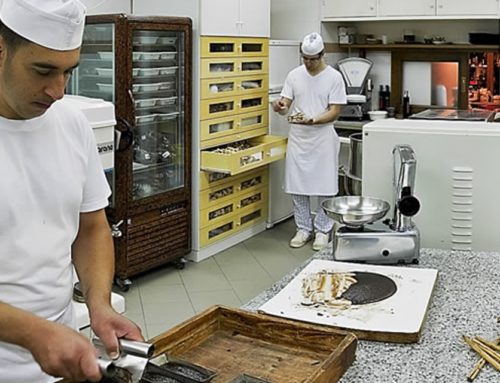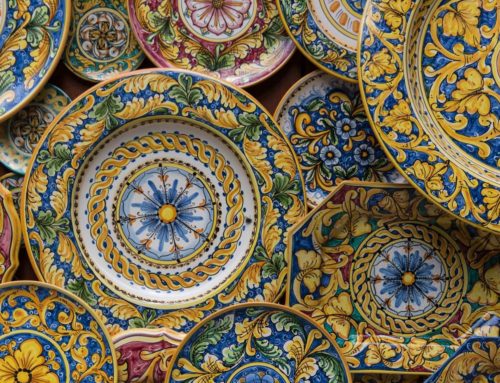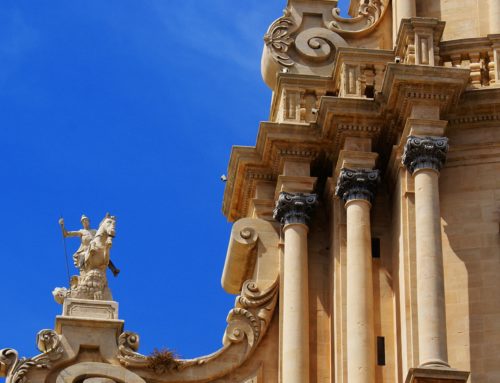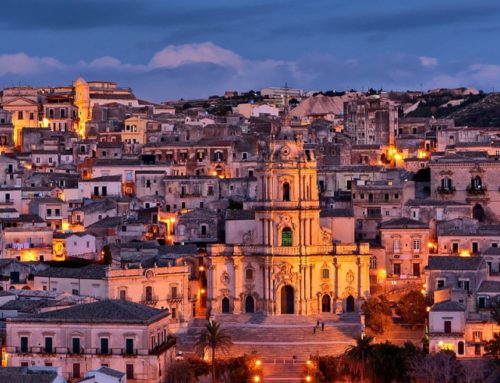Project Description
Shining stone gems of Ragusa and Modica
From Ragusa | Half Day
Ragusa Ibla
Today you visit two towns that were completely destroyed by a catastrophic earthquake in 1693. The area was reconstructed following the architectural criteria of a new late-baroque style. Here the noble families and the newly rich middle class – made of farmers who owned their own land and animals – competed to show off their social power, building incredible palaces and churches. In Ragusa Ibla, the old town, you will admire the public gardens overlooking beautiful natural canyons and ravines inhabited since the prehistoric times. From the gardens you will see along the sloping hills both the old and the new towns with the majestic silhouettes of San Giorgio cathedral in Ibla and San Giovanni cathedral in Ragusa. A relaxing stroll through stairs and small streets will give us the chance to admire the many palaces, churches and convents, and the 14th century portal of old San Giorgio in gothic style. Or maybe we just get lost around the many little alleys…
Modica
Later on in the morning, we discover Modica, an elegant and charming town sitting on two river beds and stretching between two hills that make the town the setting of a nativity scene. Among the best churches, we will visit the unique San Giorgio of Modica, with its five naves and a scenograpic bell tower-façade, typical of the local baroque architecture. The town was one of the biggest and most powerful in Sicily during the Grimaldi family period, through 1600 and 1700; here the Spanyards introduced in the area the cacao beans and the chocolate art making from the Americas. Nowadays, together with Modica’s splendid settings and palaces, the chocolate has become one more reason to attract travellers to this baroque city.
Ragusa
Ragusa and Ragusa Ibla are two parts of the same town built on two different areas of a hill and administratively reunited only at the beginning of Nineteen hundred.
Their history is linked to the terrible earthquake of 1693, when the local inhabitants did not agree on the site to rencontsruct the new town: the conservative aristocracy and the new middle class of the farmers “massari”.
The name Ragusa Ibla comes from the legendary Hyblon, king of the Sikelian who lived on the low plateau flanked by two rivers, while Heraia comes from the goddess Hera, protector of the coltivated lands.
The place has always been inhabited from the prehistoric times, thanks to the many caves used as natural shelters, abundance of water, opportunity to use waterways to the coast, not too faraway to use water trade routes for commerce and not too close to be afraid of enemies.
Romans, Byzantines and Arabs considered it a crucial place to control. Romans built acqueducts, Byzantines fortified the town and Arabs had to fight hard to take the control, after which they built a castle on top of the hill. Jewish communities were very active here and they settle on the border of the town.
During the Arab time the sloping territory around was set in terraces and subdvided in small rural villages; they also introduced new plants like cotton and irrigation techniques.
The Normans introduce the cult of Saint George; locals are quite devoted to him and most of the people bear his name since he is the patron Saint today.
During the medieval time different dynasties, local barons, lords and rich families alternatively run the power till fifteen hundred when Ragusa joins the County of Modica, which guarantees economic power, political and social stability.
In this specific moment, starts the enfiteusi system. Uncoltivated lands are given in concession for a very long term to farmers. They extend this benefit to their family members for more than one generation and join in groups like a modern cooperative.
As evidence of this new idea the nature of the territory changes; farmer can organize a crop rotation as well as flour over production which means economic prosperity due to the commerce of the cereals in surplus. It will begin a new lifestyle and mentality. A new social class breaks in and will enter in competition with the nobility, not so keen of a change.
The earthquake in 1693 devastates the town and entire noble families are left sometimes with no heir; their heavy houses kill more people than the small houses with one floor only of the lower classes. Now important decision are taken by the farmers “massari” which plan the reconstruction on a new site. The noble re-use spaces, resources and stones from the same place.
These steps have not a pure urbanistic value, but they go beyond to the social value of the decisions which will determine for a long time the events of the town of Ragusa.
Here a new cathedral is built and the new town layout developes in blocks with parallel and perpendicular streets and a few avenue, just like a modern town of today.
Ragusa Ibla will keep its power and authority thanks to the many baroque churches and palaces whose facades and balconies are finely decorated with curvy frieges and strange puffy cheeks and human heads.
Its prestige starts to fade out at the end of 1800 when the practical need to live in modernity comes before the superficial lifestyle of the Aristocracy well expressed by the elegant “Circolo di conversazione” (gentleman’s club) building, the last beautiful monument of a decaying former ruling class.
Ragusa Ibla falls in decadence. It is inhabited by stubborn old people and it is abandoned, forgotten almost as a ghost town until the beginning of the nineties.
In 2005 Ragusa is declared a Unesco world’s heritage site and the town has a massive rebirth.
Its churches, palaces, houses are restored and an uncountable number of B&B replaces the old abandoned houses until the change is made.
Today Ragusa Ibla is one of the most fascinating places in Sicily. Here you can walk back like a time machine, simply wandering around hidden cobble stone alleyways and tiny streets.
You might be ready to be seduced looking up with your nose towards the bizarre and unique architecture of the stone charachters underneath the balconies of Palazzo Cosentini, Palazzo La Rocca, Palazzo Zacco and many other to be discovered.
The square with the Duomo of Saint George has the church not alligned with the square and a moderate steep sloping down; this urbanistic set makes this place really unique and charming.
The pitch stone and the oil later on discovered gave a great impulse to the local economy; more recently Ragusa became an important shooting place for the famous Italian TV series “Inspector Montalbano”.
Travellers come here attracted by the charming policeman but also by this corner of Sicily.
They come encouraged by a moderate and low profile tourism, different than the stereotyped mass tourism of elsewhere…
Modica
The town has more than 3000 years of history. The three hills and the lower part with two rivers were a good place to live since the prehistoric times; later on the Sikelians lived here, finding shelter in the many caves on the hill.
Greek, Romans, Byzantine and Arabs left important trace. With the Byzantyne it was an important stronghold, while the Arabs slightly changed the old greek name Motyca into Mohac and the hilly territory around organized in sloping cultivated terraces.
After the Arab time, Normans, Angevins and Jews made this place an important trade route and commerce was quite flourishing.
Modica had one of the largest and most vital Jewish communities in Sicily at that time.
The Chiaramonte family started in 1300 the golden era of the County of Modica. After the Chiaramonte, another family, the Henriquez – Cabrera ruled here; the dinasty had Spanish origins and run the power for a long time, until 1700.
During this period, the county of Modica and the family had a huge prestige and power throughout Sicily since they could mint coin and the territory was extended as far as the outskirts of Palermo. The prosperity of the town was expressed by beautiful churches like San Giorgio and Saint Peter as well as monasteries and convents financed by the noble families. The sisma in 1693 destroyed the town and the medieval traces. Only a tower of the “Castello dei Conti” remained of a massive complex of wall surrounding the central hill of the town.
A new impulse was given to the town that had a fast economic rebirth with the building of beautiful Palaces in Liberty style and the theatre along the main street.
In 1900 Modica was a vibrant town and the good quality of the food and culinary tradition inspired the local people to rediscover the ancient recipies of the chocolate dating back to the Spanyards.
Chocolate is today an important resource which attracts tourists ready to go for a tasting of the red pepper spicy chocolate or the many other flavours which the local creativity has developed.
The Duomo of San Giorgio is one of the best examples of baroque churches in Sicily, since it is located on top of 250 steps on a hill.
Saint Peter and Santa Maria di Betlemme are other churches, a bit lower located and will certainly surprise you with their interesting hidden gems.
Today Modica lives of farming; tourism has been developing well in the last twenty years, especially after the town and its monuments were listed as Unesco site.
- Private Sedan car or Mercedes Viano up to seven seats
- Private driver speaking your language
- Fuel, motorway toll and parking fee
- Half day service with private driver and car UP TO 4 HOURS
- Full day service with private car and driver UP TO 8 HOURS
- Water bottle onboard
- Visits, stops and panoramic driving tours described on the itinerary
NOT INCLUDED:
- Archeological sites, monuments and churches entrance fees
- Local products and wine tasting or culinary experiences unless included
- Driver and local guides gratuities (we suggest 10% if services meets or exceeds your expectations)
- Local Sicilian regional licensed guide
- Meals, wine tasting or culinary experiences if not already included in the itinerary
- Yachts, helicopter or private plane rental linked to our ground transportation service
–
or send us a message requesting information, our team will respond as soon as possible.

